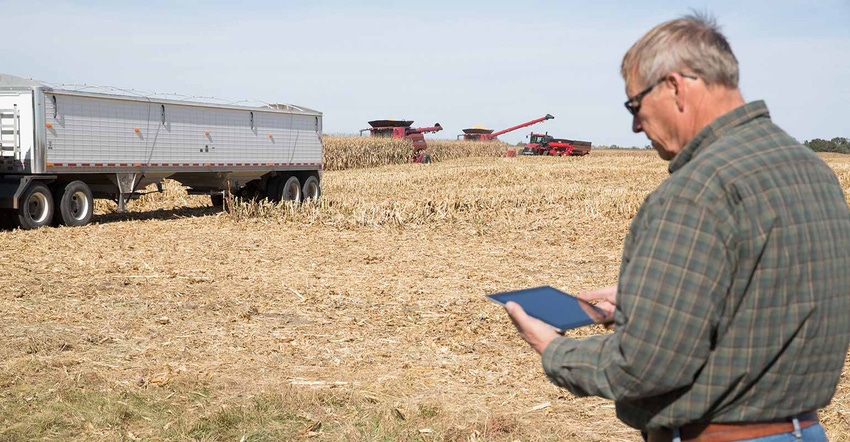September 1, 2017

Sponsored Content
All Case IH Axial-Flow® combines feature yield- and moisture-monitoring sensors standard from the factory. These components integrate seamlessly with Case IH Advanced Farming Systems (AFS), and our harvest solutions help you monitor, map and evaluate data about your crops’ performance.
But before you head to the field, it’s critical you ensure all systems are functioning properly to gather accurate data. Follow these tips to help you successfully harvest your crops and field data:
Get comfortable with the technology.
Revisit the operators manual. If it’s been a while since you’ve used your AFS equipment, familiarize yourself with its features, functionality and capabilities.
Connect with the Case IH Owners Community and AFS Support Center. Learn about the latest downloads and updates, and make sure your equipment is current.
Work with your Case IH AFS Certified Dealer. Your dealer can help with inspections, repairs, adjustments, training and more.
Inspect.
Be sure all AFS data collection points are in place and functioning properly.
Check cables and electronic components. Normal wear and tear or rodent damage can cause shorts or complete failure. It’s always best to address those problems before you pull into that first field.
Calibrate.
Yield and moisture data is only as accurate as the equipment gathering it.
Calibrate your yield monitor within the season’s first field, whenever you change crops and periodically throughout the harvest.
Connect.
Make sure GPS receivers connect and track accurately.
Early on, check to ensure data is recording.
If you use cloud-based services, make sure data is transferring.
Unpredictable fall weather can transition a field to harvest-ready surprisingly fast. As you’re preparing storage facilities, grain handling equipment, trucks and grain carts, don’t forget about your precision farming tools. Your combine’s sensors and wiring are just as important as its chains, belts and bearings.
Remember: Harvest data can tell you a lot about your fields and your production practices. Make sure you take steps to ensure you collect it, and that it’s the best, most accurate data possible.
About the Author(s)
You May Also Like




